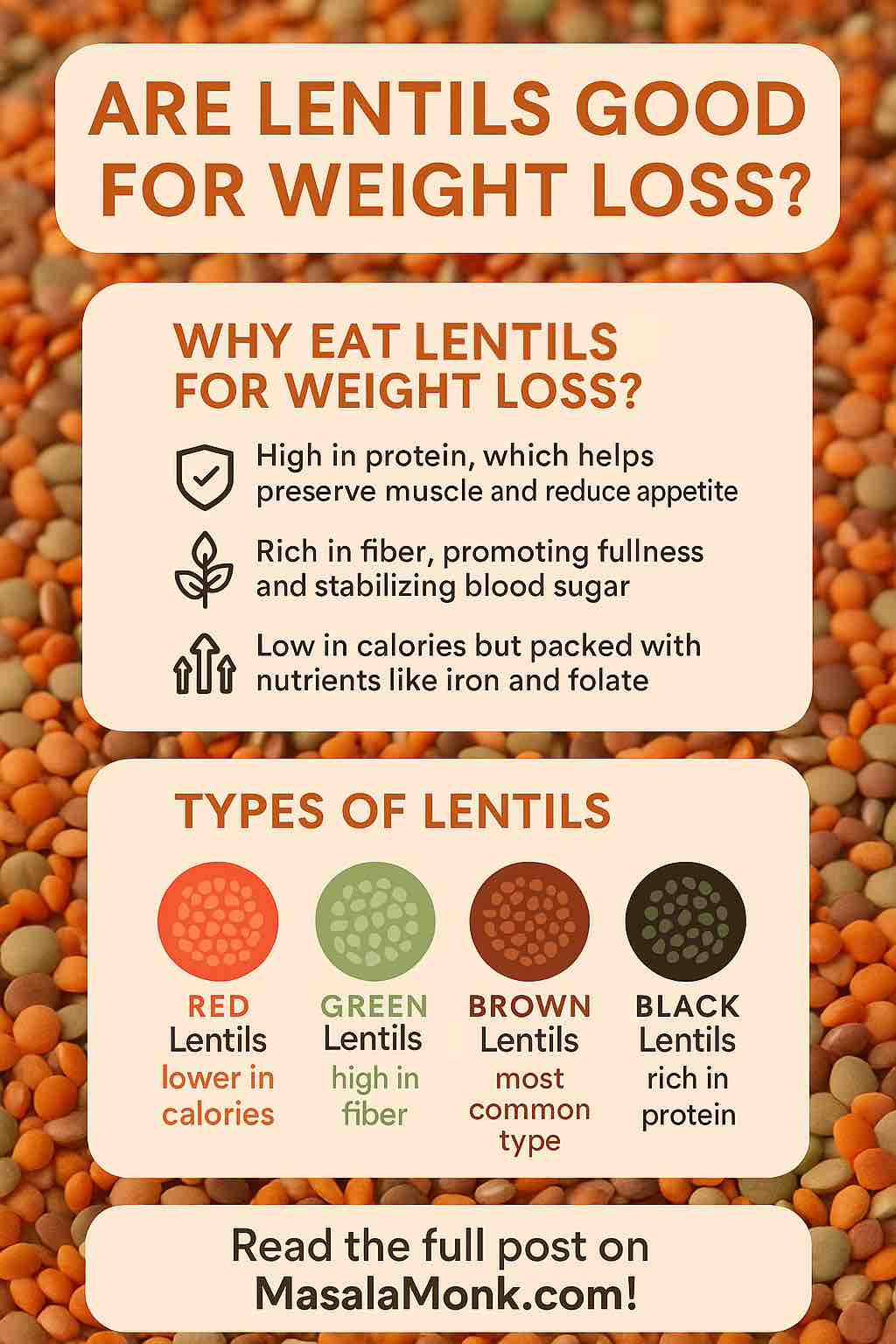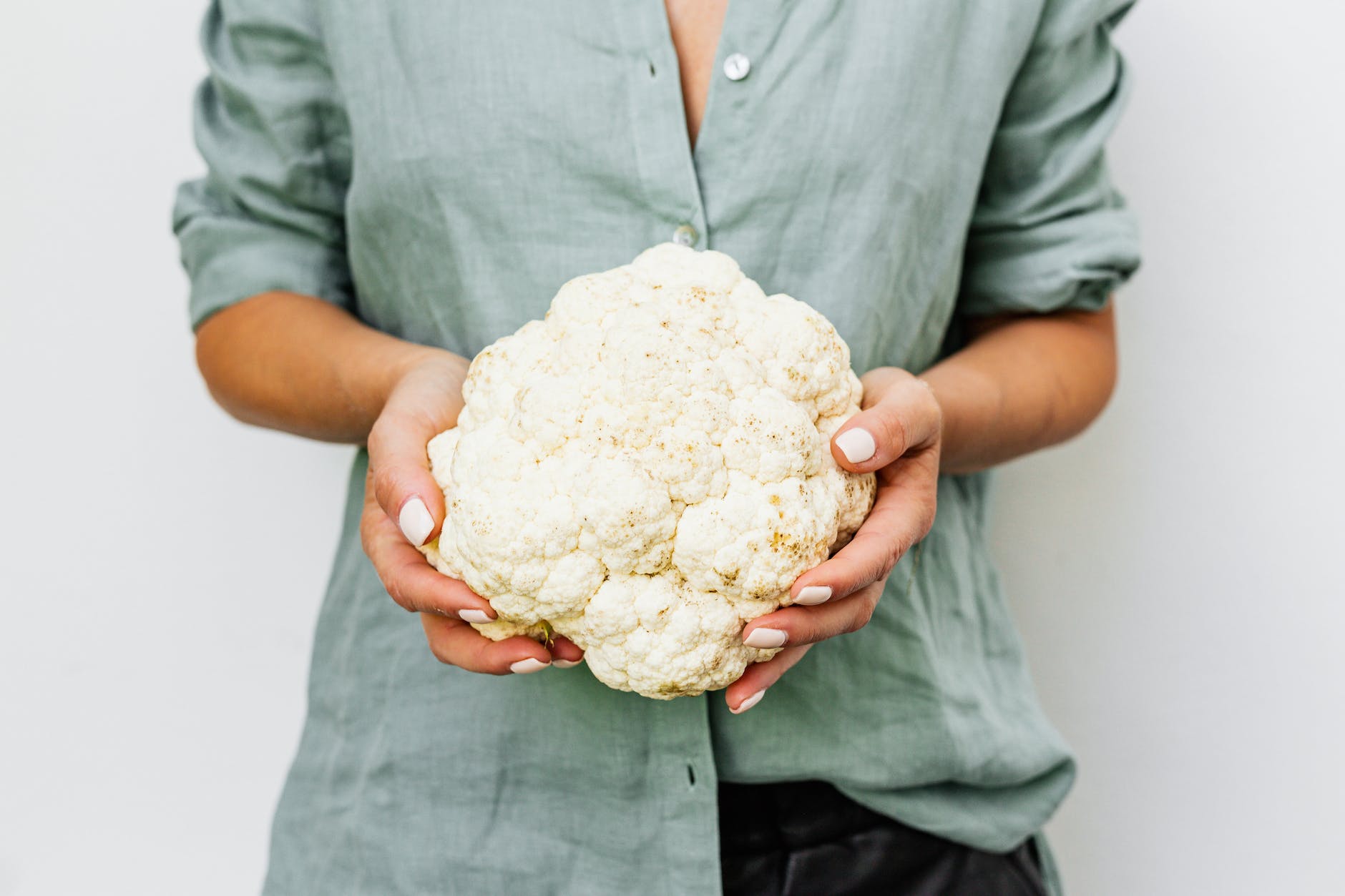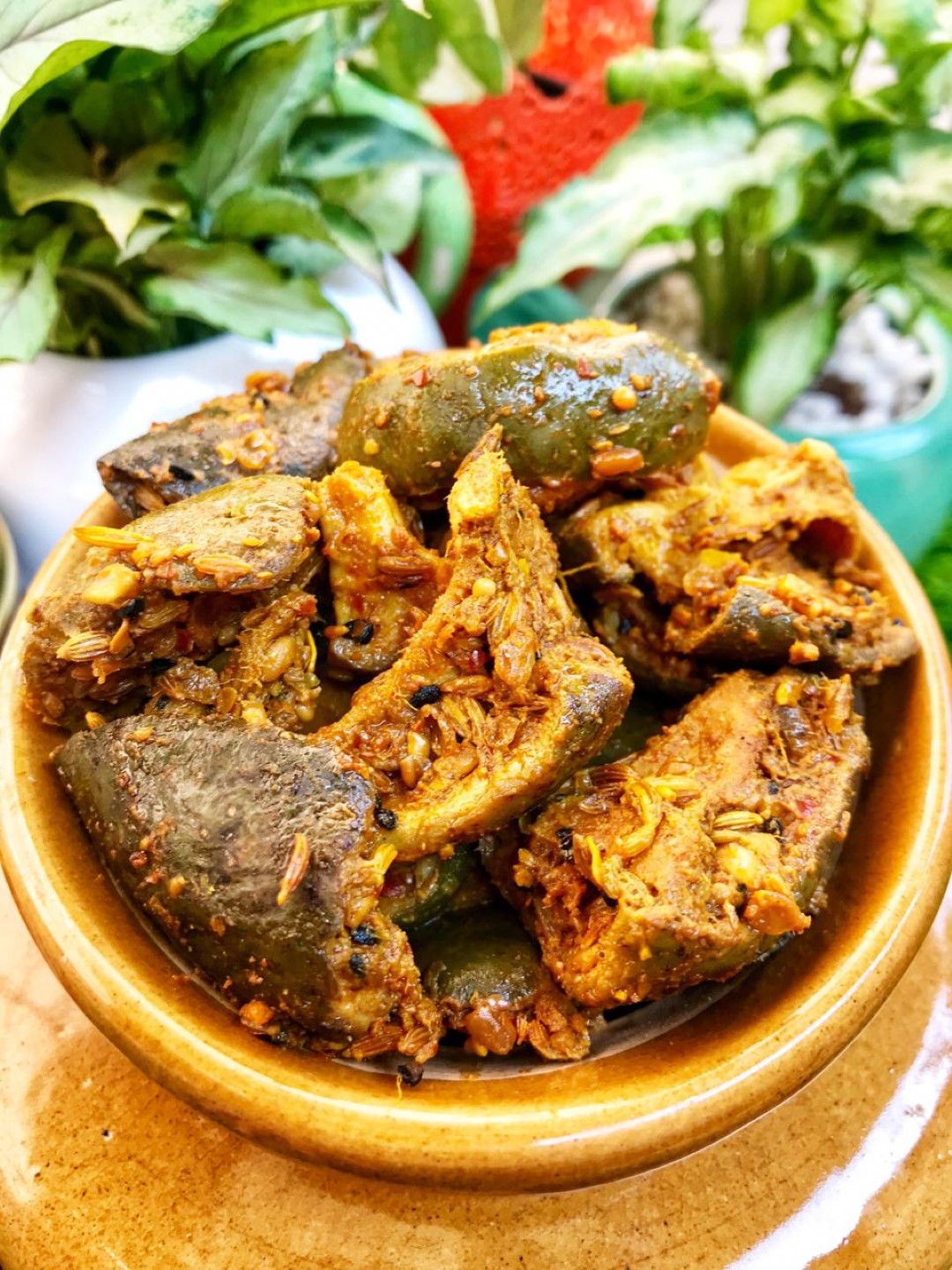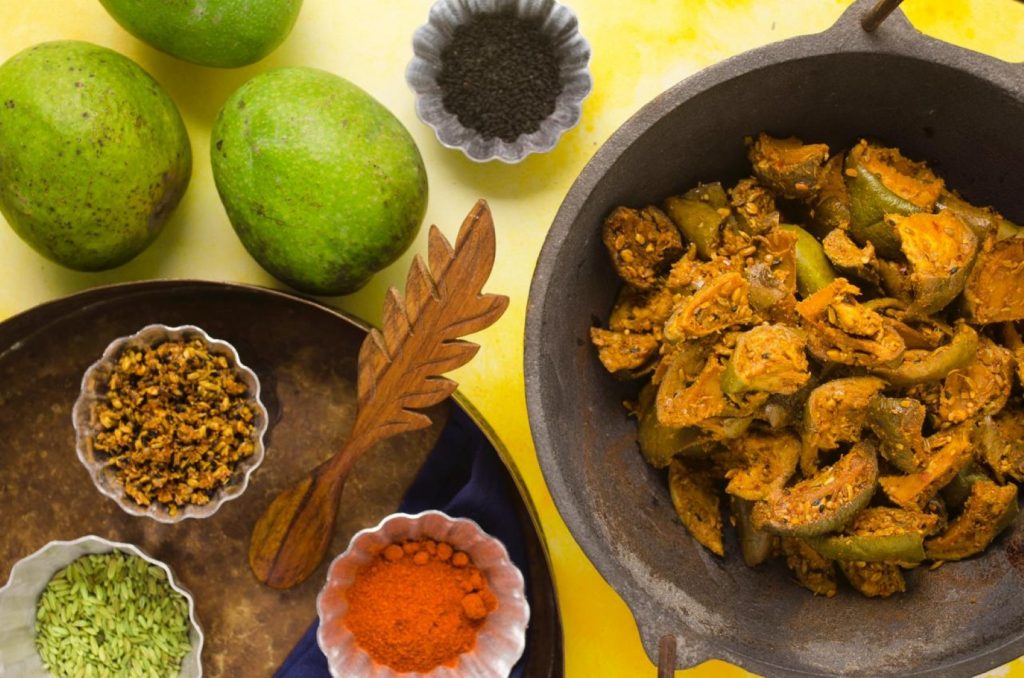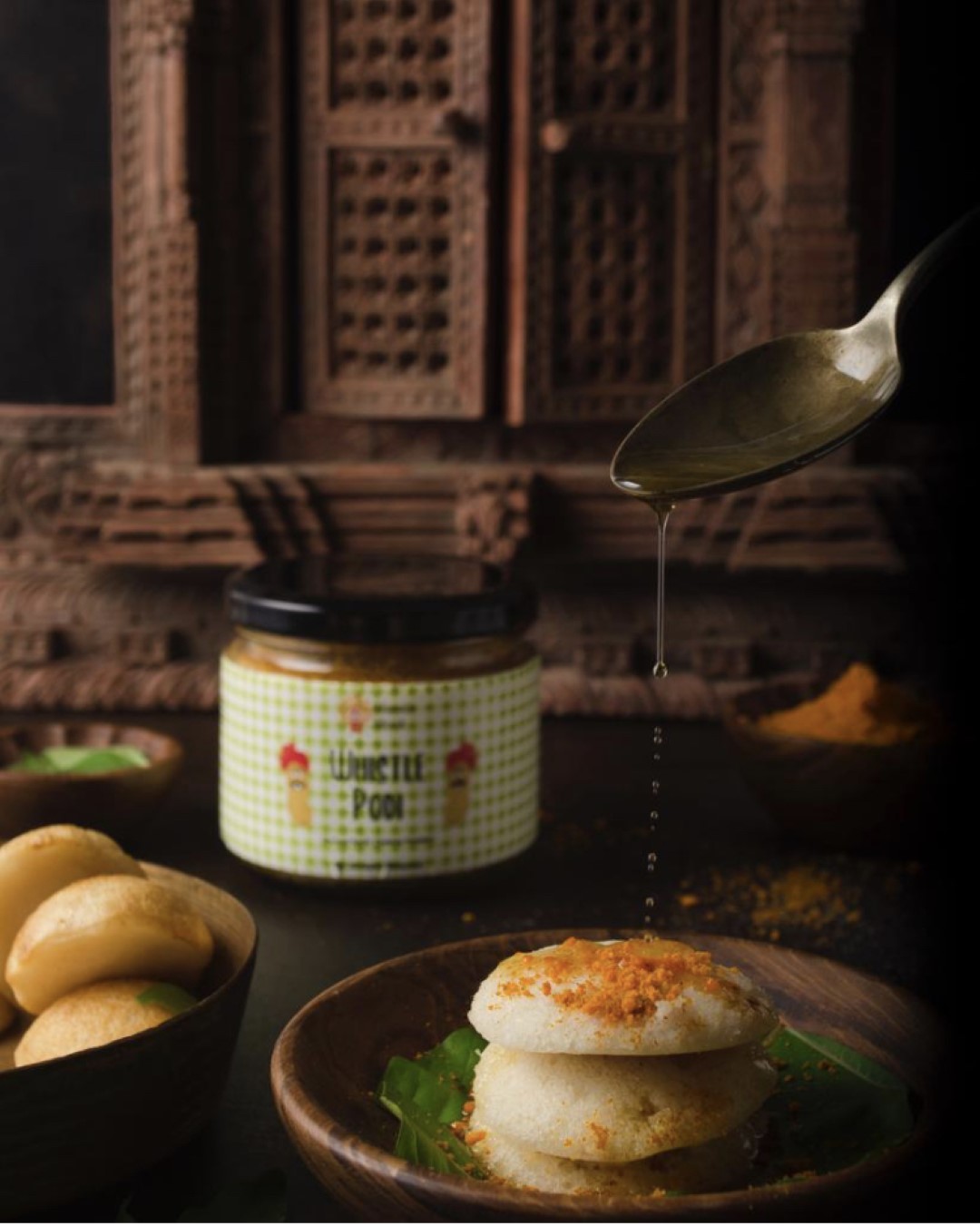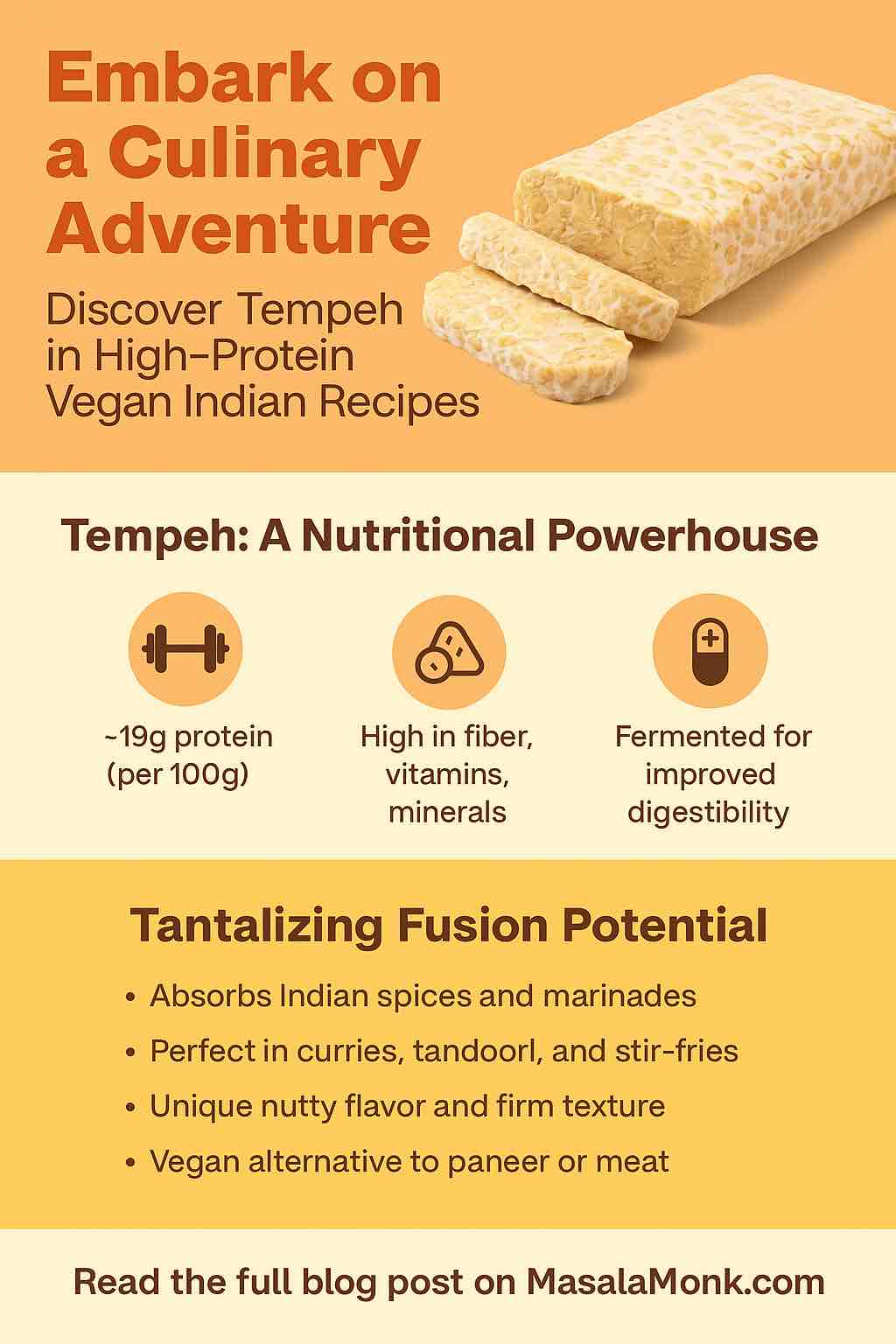
In a world where conscious eating meets culinary creativity, the quest for plant-based, protein-rich meals has taken center stage. For those who crave bold flavors without compromising on nutrition, there’s an exciting ingredient waiting to be explored: Tempeh. While its roots trace back to Indonesia, tempeh is now making waves across global kitchens, including those steeped in the aromatic traditions of Indian cuisine. If you’re looking to add a high-protein punch to your vegan Indian meals, this fermented soybean superfood might just be your new best friend.
What is Tempeh?
Tempeh is a fermented soy product, traditionally made by culturing cooked soybeans with the Rhizopus mold. Unlike tofu, which is made from soy milk, tempeh retains the whole soybean, resulting in a denser texture and higher nutritional content. Its nutty, earthy flavor and firm structure make it a versatile ingredient for frying, grilling, sautéing, or simmering.
Nutritional Highlights:
- Protein: ~19g per 100g (complete protein)
- Fiber: Supports gut health
- B Vitamins: Especially riboflavin and niacin
- Probiotics: Thanks to fermentation
- Low Glycemic Impact: Great for blood sugar control
Why Tempeh Works in Indian Cuisine
Indian cooking thrives on layers of flavor, spice blends, and textural variety. Tempeh, with its porous structure and mild tang, readily absorbs marinades and masalas, making it a fantastic canvas for Indian flavors. Unlike tofu, it doesn’t fall apart easily and can withstand long simmering in gravies or high-heat pan-frying.
The inclusion of tempeh aligns perfectly with Indian culinary principles:
- Ayurvedic Balance: Fermented foods support digestion and balance doshas.
- Regional Compatibility: Works well across North Indian curries, South Indian stir-fries, and even Indo-Chinese fusion.
- Satvik Diet Suitability: Whole, unprocessed, and natural.
Getting Started: Preparing Tempeh for Indian Dishes
Before diving into recipes, here are a few preparation tips:
1. Steam Before Use:
Tempeh can have a slight bitter aftertaste. Steaming it for 10–15 minutes softens the texture and removes bitterness, helping it better absorb marinades.
2. Marinate Generously:
Use yogurt (or coconut yogurt), lemon juice, ginger-garlic paste, and spices like turmeric, red chili, and cumin. Let it sit for at least 30 minutes.
3. Cook for Texture:
Tempeh can be grilled, pan-fried, or crumbled like paneer bhurji. Crisp edges and spice infusion are key for a satisfying bite.
High-Protein Tempeh Recipes with an Indian Twist
1. Tempeh Tikka Masala
Serves 2–3
Ingredients:
- 200g tempeh (cubed)
- 1/2 cup coconut yogurt
- 1 tbsp lemon juice
- 1 tsp ginger-garlic paste
- Spices: turmeric, garam masala, cumin, coriander, chili powder
- 1 cup tomato puree
- 1/2 cup coconut milk or cashew cream
Steps:
- Steam and marinate tempeh.
- Grill or pan-fry until golden.
- In a pan, cook tomato puree with spices.
- Add coconut milk and grilled tempeh. Simmer for 10 mins.
- Garnish with coriander. Serve with brown rice or roti.
2. South Indian-Style Tempeh Stir-Fry
Inspired by poriyal and thoran traditions
Ingredients:
- 200g tempeh (cubed or shredded)
- 1/4 cup grated coconut
- Curry leaves, mustard seeds, urad dal
- Green chilies, turmeric, asafoetida
Steps:
- Temper mustard seeds, urad dal, and curry leaves in coconut oil.
- Add green chilies, turmeric, and tempeh.
- Stir-fry until golden.
- Add coconut, mix well, and serve hot.
3. Tempeh Bhurji (Scrambled Tempeh)
Great for breakfast or as a filling for wraps
Ingredients:
- 200g crumbled tempeh
- Onion, tomato, green chili
- Spices: turmeric, cumin, coriander
- Fresh coriander and lemon juice to finish
Steps:
- Sauté onion, tomato, and chili with spices.
- Add tempeh and cook for 5–7 minutes.
- Finish with lemon juice and fresh herbs.
Practical Tips for the Indian Kitchen
- Storage: Keep tempeh refrigerated and use within a week. Can be frozen for longer shelf life.
- Sourcing: Available at health stores, specialty grocers, and online platforms. Some Indian startups now produce local varieties (e.g., chickpea-based tempeh).
- Substitutions: If soy-based tempeh is unavailable, try lentil or chickpea tempeh.
The Verdict: A Worthy Adventure
Incorporating tempeh into Indian cuisine isn’t just a fusion gimmick—it’s a deeply practical choice for those seeking better nutrition without sacrificing flavor. With its high protein content, probiotic benefits, and ability to carry bold Indian flavors, tempeh stands tall among plant-based ingredients.
So next time you’re prepping your masalas or tossing together a stir-fry, consider reaching for tempeh. It’s more than just soy—it’s a gateway to nourishing, adventurous, and delicious eating.
Ready to try tempeh in your next Indian meal? Share your creations and tag us with #TempehTadka
✅ Frequently Asked Questions (FAQs)
1. What is the best way to reduce the bitterness of tempeh before cooking?
Steam or simmer the tempeh for 10–15 minutes before marinating or adding to dishes. This not only reduces bitterness but also improves texture and flavor absorption.
2. Can I use tempeh directly in Indian curries without pre-cooking?
While you can, it’s highly recommended to steam and then lightly fry or grill it first. This enhances flavor and prevents it from turning soggy in the curry.
3. Is tempeh safe for people with soy allergies?
No. Traditional tempeh is made from soybeans. However, soy-free versions made from chickpeas or lentils are available and suitable for those with soy allergies.
4. Where can I buy tempeh in India?
Tempeh is available in organic stores, gourmet grocery chains, and online platforms like Amazon India, BigBasket, or from local producers like Hello Tempayy or Veggie Champ.
5. Can I substitute paneer or tofu with tempeh in Indian recipes?
Yes. Tempeh can be a great substitute in dishes like tikka masala, bhurji, or stir-fries. Keep in mind its stronger flavor and firmer texture.
6. Is tempeh a complete protein?
Yes. Tempeh contains all nine essential amino acids, making it one of the best complete plant-based protein sources.
7. How long can tempeh be stored?
Fresh tempeh lasts about 5–7 days in the refrigerator. For longer storage, freeze it in an airtight container for up to 2 months.
8. Can I use tempeh in South Indian recipes like thoran or poriyal?
Absolutely. Tempeh pairs well with curry leaves, mustard seeds, grated coconut, and chilies—making it ideal for South Indian-style stir-fries.
9. Does tempeh have probiotic benefits like yogurt?
Tempeh contains live cultures during fermentation, but many store-bought versions are pasteurized, reducing probiotic content. Still, it supports gut health due to its prebiotic fiber and digestibility.
10. Is tempeh suitable for weight loss diets?
Yes. It’s high in protein and fiber, which promote satiety. Its low glycemic index also makes it beneficial for blood sugar control and weight management.

